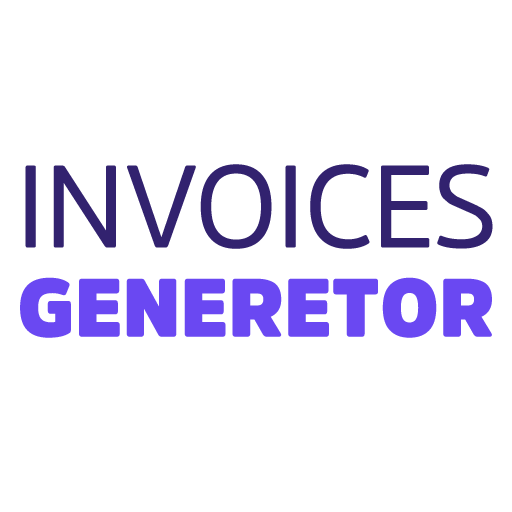====== Document Automation ======
Document Automation: The Ultimate Guide to Streamlining Your Business Processes
In today’s fast-paced business environment, efficiency is key. Document automation can help you streamline your business processes, saving you time and money while improving accuracy and consistency.
What is Document Automation?
Document automation is the use of software to create, edit, and manage documents automatically. This can include a wide range of tasks, such as:
- Generating invoices and receipts
- Creating contracts and proposals
- Sending out marketing materials
- Processing purchase orders
- Managing customer data
Benefits of Document Automation
There are many benefits to using document automation, including:
- Increased efficiency: Automated processes can save you a significant amount of time and effort.
- Improved accuracy: Automated processes are less prone to errors than manual processes.
- Enhanced consistency: Automated processes ensure that all documents are created and managed in the same way.
- Reduced costs: Document automation can help you reduce the cost of creating and managing documents.
- Improved customer service: Automated processes can help you improve customer service by providing faster and more accurate responses.
How to Implement Document Automation
Implementing document automation can be a complex process, but it is well worth the effort. Here are a few steps to help you get started:
- Identify your document needs: The first step is to identify the documents that you need to automate. This could include invoices, receipts, contracts, proposals, marketing materials, purchase orders, and customer data.
- Choose a document automation solution: There are a number of different document automation solutions available. Choose a solution that meets your specific needs and budget.
- Implement the solution: Once you have chosen a solution, you will need to implement it. This may involve installing software, training staff, and developing new processes.
- Monitor and evaluate: Once you have implemented your solution, it is important to monitor and evaluate its performance. This will help you ensure that it is meeting your needs and that you are getting the most out of it.
Document Automation Use Cases
Document automation can be used in a wide range of industries and applications. Here are a few examples:
- Healthcare: Document automation can be used to automate the creation of patient records, prescriptions, and insurance claims.
- Finance: Document automation can be used to automate the creation of invoices, receipts, and financial statements.
- Legal: Document automation can be used to automate the creation of contracts, agreements, and legal documents.
- Manufacturing: Document automation can be used to automate the creation of production orders, work instructions, and quality control documents.
- Retail: Document automation can be used to automate the creation of purchase orders, invoices, and shipping labels.
Conclusion
Document automation can help you streamline your business processes, saving you time and money while improving accuracy and consistency. If you are not already using document automation, I encourage you to consider implementing it. It is a valuable tool that can help you improve your business efficiency and productivity.
Secondary Keywords
- Digital document automation
- Cloud document automation
- Workflow automation
- Robotic process automation
- Artificial intelligence
